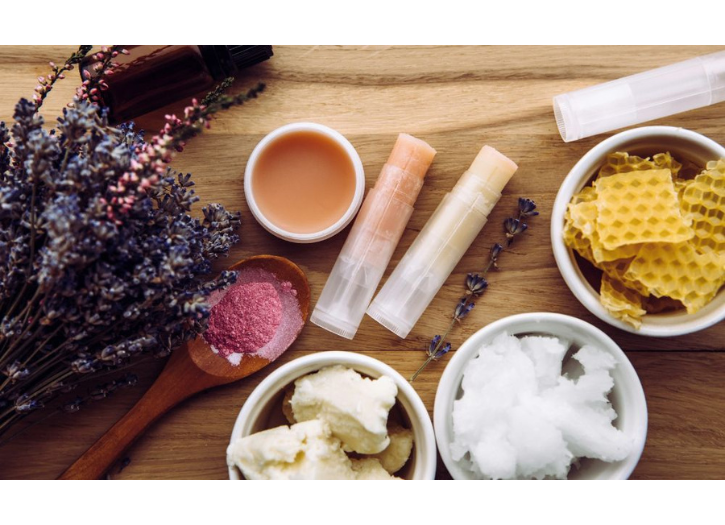If you make your own lip balm, you probably want the ingredients to be as natural as possible. Here are natural, skin-safe ways to dye lip balm.
Lip balm is a beauty must-have. Not only is it one of the best ways to prevent dry, cracked lips, but it’s also a way to add subtle glam to your look. However, buying lip balm can be expensive, especially if you opt for all-natural formulas.
Fortunately, you can make it yourself for a fraction of the cost. To make your DIY lip balm as beautiful as store-bought versions, here are three natural, skin-safe ways to dye lip balm.
1. Mica Powder
First up, mica powder—a mineral-based colorant that brings a spark of magic to your DIY lip balm projects. Mica powder is not only natural but also safe for sensitive skin, offering a shimmering rainbow of hues to match any mood or outfit.
Blend it into your base for a subtle sheen or a bold statement that captures the light and everyone’s attention. Just make sure you work safely with pigment powders, as their fineness can be a hazard if you breathe them in.
2. Vegetable and Fruit Powders
If you lean toward the purely organic, vegetable and fruit powders present an exquisite palette derived straight from nature’s bounty. Fortunately, there is an abundance of produce that can pack a colorful punch for your DIY cosmetics. Here are some of the most popular options:
- Beets
- Raspberries
- Carrots
- Cherries
- Pomegranates
- Acai
- Butterfly pea
- Paprika
- Turmeric
As we mentioned, these are just some of the most-used options—so many more exist. All of them, however, can transform your lip balm into a nourishing, color-infused treat.
These powders dye your balm with earthy, vibrant tones, perfect if you love a subtle color palette. Additionally, all of them pack a punch of vitamins and antioxidants, enhancing your lip care routine.
3. Alkanet Oil
Last but certainly not least is alkanet oil. This lesser-known gem is derived from the roots of the alkanet plant and has been used for centuries to impart a natural, ruby-red hue.
When mixed into lip balm formulas, alkanet oil offers a rich, deep color that’s as stunning as it is skin-friendly. It’s the perfect choice if you want a touch of timeless elegance.
Final Thoughts
The lip balm you make at home can be just as beautiful and effective as the kind you buy in the store. Step up your lip balm game with these natural, skin-safe ways to dye your formulas. Your lips and your wallet will thank you for going the DIY route.







Add Comment
You must be logged in to post a comment.